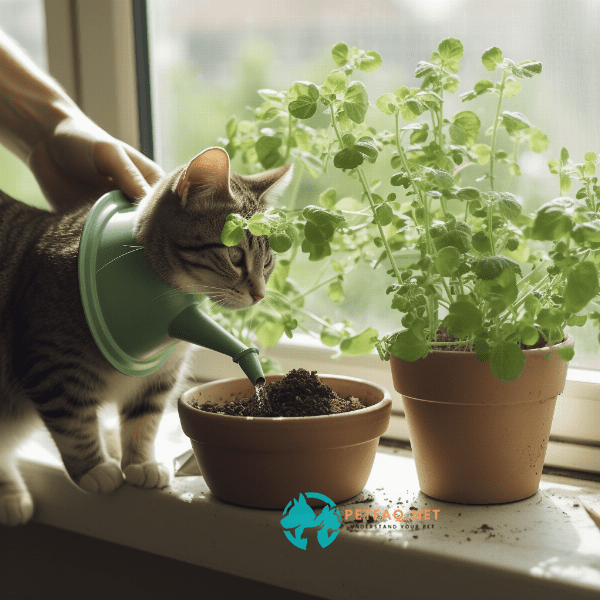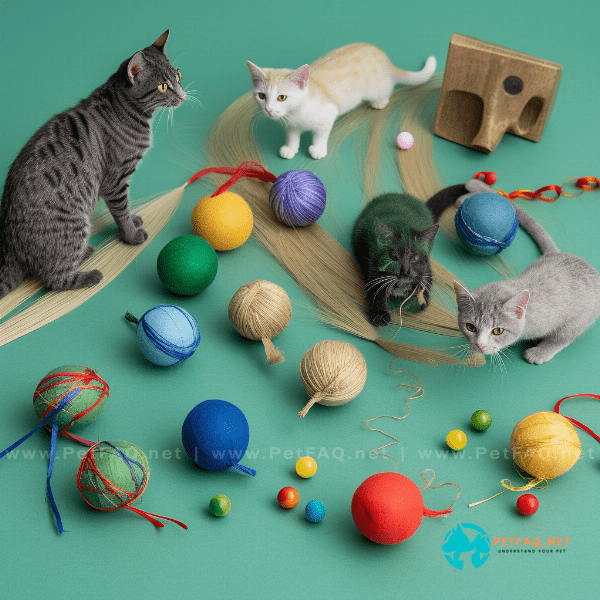Table of Contents
- Introduction to Catnip for Dogs
- What is Catnip and How Does it Affect Dogs?
- Is Catnip Safe for Dogs to Consume?
- Benefits of Catnip for Dogs: From Anxiety Relief to Dental Health
- How to Introduce Catnip to Your Dog: Dos and Don’ts
- Different Forms of Catnip for Dogs: Which is Right for Your Pup?
- Possible Side Effects of Catnip for Dogs: What You Need to Know
- Conclusion: Catnip for Dogs as a Safe and Natural Way to Improve Their Well-Being
- Further Resources on Catnip and Other Herbs for Dogs
Introduction to Catnip for Dogs
If you’re a cat owner, you’re probably familiar with catnip – a plant that has a natural chemical compound called nepetalactone, which can trigger a range of reactions in felines, including excitement and relaxation. But did you know that catnip can also have similar effects on dogs?
What is Catnip and How Does it Affect Dogs?
Catnip is an herb that belongs to the mint family, and it contains a compound called nepetalactone. This compound is known to trigger a range of reactions in cats, including excitement, playfulness, and even relaxation. But, can dogs enjoy the same benefits?
While catnip can have a similar effect on dogs as it does on cats, not all dogs will respond to it in the same way. Some may become more playful and energetic, while others may become more relaxed and mellow.
Is Catnip Safe for Dogs to Consume?
The good news is that catnip is generally safe for dogs to consume in moderation. It is a natural herb, and when given in small quantities, it is not toxic to dogs. However, as with any herb or supplement, it’s essential to introduce catnip gradually and in small amounts to ensure your dog doesn’t have any adverse reactions.
It’s also important to note that while catnip is safe for dogs to consume, it may not be appropriate for all dogs. For example, if your dog has a history of seizures, it may be best to avoid giving them catnip altogether.
Benefits of Catnip for Dogs: From Anxiety Relief to Dental Health
Catnip can offer several benefits for dogs. One of the most common benefits is its ability to help dogs relax and reduce anxiety. Catnip contains a compound called nepetalactone, which has a calming effect on the nervous system, making it an excellent natural remedy for dogs with anxiety or stress.
Additionally, catnip can also help improve your dog’s dental health. When your dog chews on catnip, it can help remove plaque and tartar buildup from their teeth, which can help prevent tooth decay and gum disease.
Overall, Catnip for dogs can be a safe and natural way to improve their well-being. In the next section, we’ll explore how to introduce catnip to your dog and the dos and don’ts of using it.
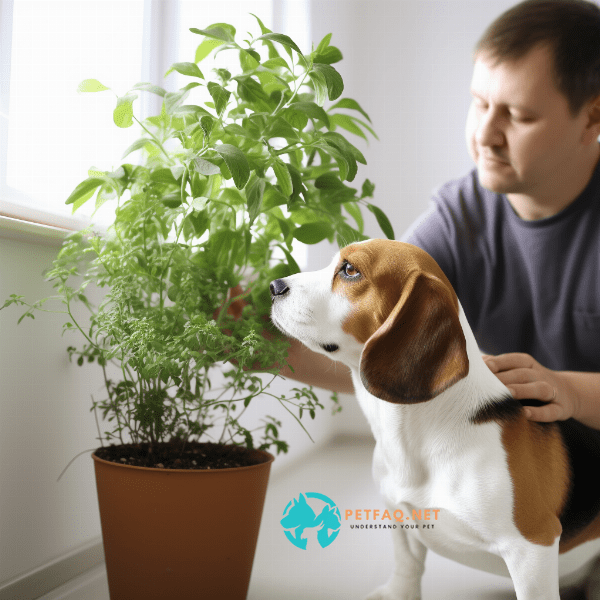
What is Catnip and How Does it Affect Dogs?
Catnip is a herb from the mint family, and it contains a natural chemical compound called nepetalactone. When cats come into contact with this compound, it can trigger a range of behaviors, from excitement to relaxation. But what about dogs?
How Does Catnip Affect Dogs?
While catnip may not be as well-known for its effects on dogs as it is for cats, it can still have a similar effect on our canine companions. When dogs inhale the scent of catnip, it can stimulate the olfactory system, which can create a sense of excitement or relaxation, depending on the individual dog’s response.
For some dogs, catnip can cause them to become more playful and energetic. They may jump around, roll on the floor, and exhibit other behaviors that are similar to how cats react to catnip. For other dogs, catnip can have a more calming effect, helping them relax and feel more comfortable.
Can All Dogs Respond to Catnip?
Not all dogs will respond to catnip in the same way. Some may not react to it at all, while others may have a strong reaction. Additionally, some dogs may be more sensitive to the effects of catnip than others.
Overall, catnip for dogs can be a safe and enjoyable way to provide your furry friend with a little bit of extra stimulation or relaxation. However, as with any new substance, it’s important to introduce it gradually and monitor your dog’s reaction to ensure that it’s safe for them to consume.
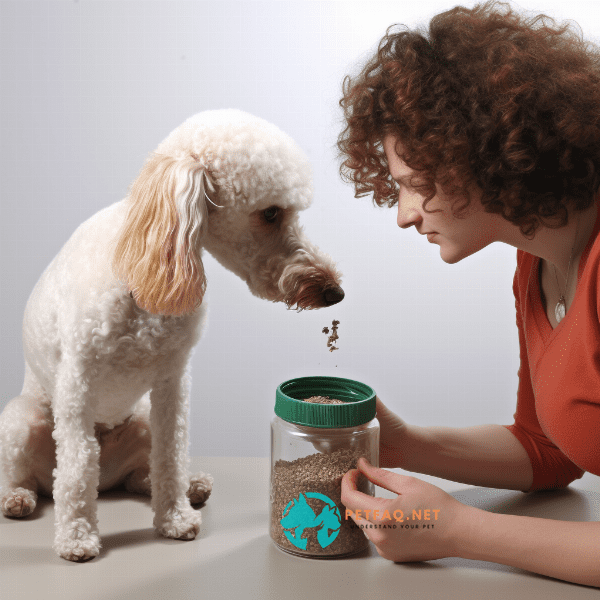
Is Catnip Safe for Dogs to Consume?
If you’re considering giving your dog catnip, you may be wondering whether it’s safe for them to consume. The good news is that catnip is generally considered safe for dogs when given in moderation.
What are the Risks of Giving Catnip to Dogs?
While catnip is not toxic to dogs, giving them too much of it can potentially lead to some adverse side effects. For example, if your dog ingests a large amount of catnip, it could cause digestive upset, such as vomiting or diarrhea. Additionally, some dogs may be allergic to catnip, so it’s essential to monitor your dog closely after giving it to them for the first time to ensure that they don’t have an adverse reaction.
How Much Catnip is Safe for Dogs to Consume?
When it comes to giving your dog catnip, it’s essential to do so in moderation. A little bit of catnip can go a long way, and giving your dog too much of it could potentially lead to digestive upset or other adverse side effects.
As a general rule of thumb, you should give your dog no more than one teaspoon of catnip per day. However, if your dog has never had catnip before, it’s best to start with a small amount, such as a pinch or two, to see how they react.
Conclusion
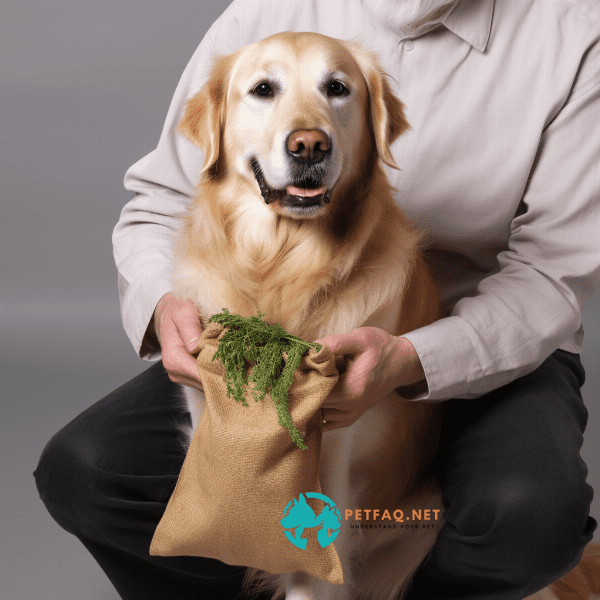
Benefits of Catnip for Dogs: From Anxiety Relief to Dental Health
Catnip is not just a fun and stimulating herb for cats; it can also offer several benefits for dogs. Here are some of the ways that catnip can help improve your dog’s well-being:
Anxiety Relief
One of the most common benefits of catnip for dogs is its ability to help reduce anxiety and stress. The natural compound in catnip, nepetalactone, has a calming effect on the nervous system, which can help soothe your dog and make them feel more relaxed.
If your dog suffers from separation anxiety or gets anxious during car rides or visits to the vet, giving them a small amount of catnip can help take the edge off and make them feel more at ease.
Exercise and Play
For dogs that love to play, catnip can be a great way to encourage exercise and playfulness. If you have a dog that’s not particularly interested in toys, a little bit of catnip may be just the thing to get them moving and engaged.
Digestive Aid
In addition to its calming effects, catnip can also help soothe your dog’s digestive system. If your dog suffers from occasional bouts of indigestion or upset stomach, a small amount of catnip can help settle their stomach and alleviate their discomfort.
Conclusion
Overall, catnip for dogs can be a safe and natural way to improve their well-being. From anxiety relief to dental health and exercise, catnip offers several benefits that can help improve your dog’s quality of life. However, it’s essential to introduce catnip gradually and in small amounts to ensure that your dog doesn’t have any adverse reactions.
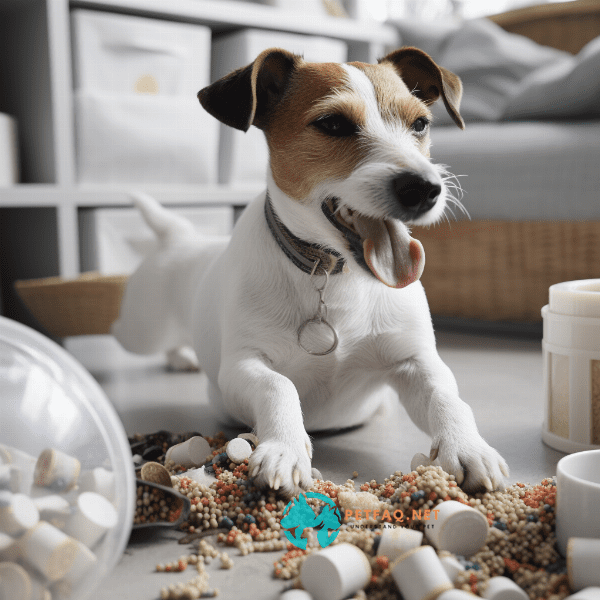
How to Introduce Catnip to Your Dog: Dos and Don’ts
If you’re considering giving your dog catnip, it’s essential to introduce it to them slowly and in small amounts. Here are some dos and don’ts to keep in mind when introducing catnip to your dog:
Dos
Start with a Small Amount
When introducing catnip to your dog, it’s essential to start with a small amount to see how they react. Begin with a pinch of dried catnip or a small piece of fresh catnip and observe your dog’s reaction. If they seem to enjoy it and don’t have any adverse reactions, you can gradually increase the amount.
Monitor Your Dog’s Reaction
It’s essential to monitor your dog’s reaction to catnip closely, especially the first time you give it to them. Watch for any signs of digestive upset, allergic reactions, or behavioral changes. If your dog seems to be having an adverse reaction, stop giving them catnip immediately.
Use Catnip as a Treat
One of the best ways to introduce catnip to your dog is to use it as a treat. Sprinkle a small amount of dried catnip on your dog’s food or offer them a fresh catnip leaf as a treat. Using catnip as a treat can help your dog associate it with positive experiences.
Don’ts
Don’t Give Too Much Catnip
While catnip is generally safe for dogs, giving them too much of it can potentially lead to adverse side effects. It’s important to give your dog catnip in moderation and avoid overdoing it.
Don’t Give Catnip to Puppies
If you have a puppy, it’s best to avoid giving them catnip until they’re a little older. Puppies’ digestive systems are more sensitive than adult dogs, and giving them catnip could potentially lead to digestive upset.
Don’t Use Catnip as a Replacement for Medical Treatment
While catnip can offer several benefits for dogs, it’s essential to remember that it’s not a replacement for medical treatment. If your dog has a medical condition, it’s essential to consult with your veterinarian before giving them any new herbs or supplements.
Conclusion
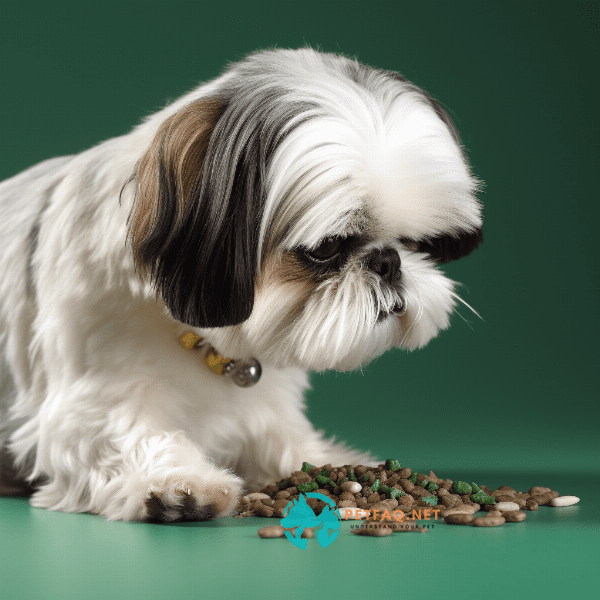
Different Forms of Catnip for Dogs: Which is Right for Your Pup?
Catnip for dogs comes in various forms, including dried, fresh, and in toys. Here are some different forms of catnip for dogs and the benefits and drawbacks of each.
Dried Catnip
Dried catnip is the most common form of catnip for dogs. It’s easy to find in pet stores or online and can be sprinkled on your dog’s food or added to toys. Dried catnip is also relatively affordable and can last a long time if stored correctly.
However, not all dogs will be interested in dried catnip. Some dogs may find the texture unappealing or may not be interested in the scent. Additionally, dried catnip can lose its potency over time, so it’s essential to store it in an airtight container to keep it fresh.
Fresh Catnip
Fresh catnip is a less common form of catnip for dogs, but it can be an excellent option if your dog is picky about dried catnip. Fresh catnip is more potent than dried catnip, and some dogs may find the scent more appealing.
However, fresh catnip is not as widely available as dried catnip, and it can be more expensive. Additionally, fresh catnip has a shorter shelf life than dried catnip and must be used within a few days of purchase.
Catnip Toys
Catnip toys are another popular option for providing your dog with the benefits of catnip. These toys are infused with dried catnip and can provide your dog with a fun and stimulating playtime.
Catnip toys can be a great option for dogs that enjoy playing with toys, but they may not be as effective for dogs that are not interested in toys. Additionally, some dogs may be rough with their toys and may rip them open, leading to a mess of catnip.
Conclusion
Overall, there are different forms of catnip for dogs to choose from, and each has its benefits and drawbacks. Whether you choose dried, fresh, or catnip toys, it’s essential to introduce catnip to your dog gradually and monitor their reaction to ensure that it’s safe for them to consume. With the right form of catnip, your pup can enjoy the benefits of this natural herb and improve their well-being.
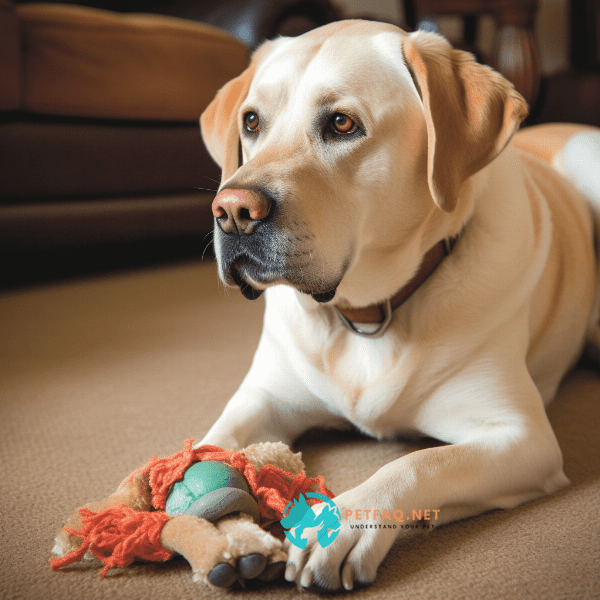
Possible Side Effects of Catnip for Dogs: What You Need to Know
While catnip is generally safe for dogs, there are some possible side effects that you should be aware of. Here are some of the most common side effects of catnip for dogs:
Digestive Upset
One of the most common side effects of catnip for dogs is digestive upset. If your dog ingests too much catnip, it could potentially lead to vomiting, diarrhea, or other gastrointestinal issues.
Allergic Reactions
Some dogs may be allergic to catnip, and if this is the case, giving them catnip could potentially lead to an allergic reaction. Signs of an allergic reaction to catnip may include itching, swelling, and difficulty breathing.
Behavioral Changes
While catnip can have a calming effect on many dogs, some dogs may have an opposite reaction and become hyperactive or aggressive after consuming it. Additionally, some dogs may become overly vocal or meow excessively after consuming catnip.
Seizures
While rare, there have been some reports of dogs experiencing seizures after consuming catnip. If your dog has a history of seizures or is prone to them, it’s best to avoid giving them catnip.
Conclusion
While catnip for dogs can be a safe and enjoyable way to provide your furry friend with a little bit of extra stimulation or relaxation, it’s essential to be aware of the possible side effects. If you notice any signs of digestive upset, allergic reactions, or behavioral changes after giving your dog catnip, it’s best to stop giving it to them and consult with your veterinarian. With the right precautions and monitoring, catnip for dogs can be a safe and natural way to improve your dog’s well-being.
Conclusion: Catnip for Dogs as a Safe and Natural Way to Improve Their Well-Being
Different forms of catnip, such as dried or fresh, can offer various benefits, and it’s up to you to determine which form is best for your dog. It’s also important to monitor your dog’s reaction to catnip and be aware of the possible side effects, such as digestive upset or allergic reactions.
By following the dos and don’ts of introducing catnip to your dog and monitoring their reaction closely, you can safely and effectively use catnip to improve your dog’s well-being. Remember to consult with your veterinarian if you have any concerns or questions about giving your dog catnip.
In summary, catnip for dogs is a natural and safe way to improve their well-being and provide them with a little extra stimulation and relaxation. With the right precautions and monitoring, you can introduce catnip to your dog and enjoy the many benefits it has to offer.
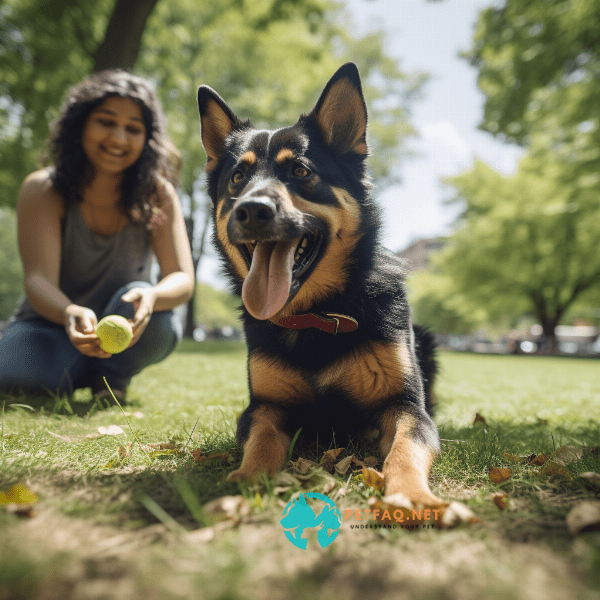
Further Resources on Catnip and Other Herbs for Dogs
If you’re interested in learning more about catnip for dogs or other herbs that can benefit your furry friend, there are several resources available to you. Here are a few places to start:
Your Veterinarian
Your veterinarian is always an excellent resource when it comes to your dog’s health and well-being. If you have any questions or concerns about giving your dog catnip or other herbs, don’t hesitate to consult with your veterinarian.
Online Resources
There are many online resources available that can provide information on catnip for dogs and other herbs that can be beneficial for your furry friend. Some good resources to check out include reputable pet care websites and forums dedicated to natural remedies for pets.
Herbalists and Holistic Veterinarians
If you’re interested in using natural remedies for your dog, you may want to consider consulting with an herbalist or holistic veterinarian. These professionals specialize in using herbs and other natural remedies to promote optimal health and well-being for pets.
Conclusion
By exploring these resources, you can learn more about catnip for dogs and other herbs that can benefit your furry friend. Remember to always introduce new herbs gradually and monitor your dog’s reaction closely to ensure that they’re safe and beneficial. With the right resources and information, you can help keep your dog happy and healthy for years to come.

Frequently Asked Questions (FAQs) about catnip for dogs:
1. What are the effects of catnip on dogs?2. Can catnip help calm anxious dogs?
3. What are the benefits of using catnip for dogs?
4. What are some alternatives to catnip for dogs who do not respond to it?
5. How much catnip should I give my dog?

